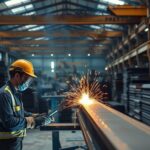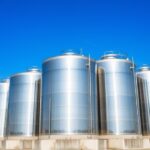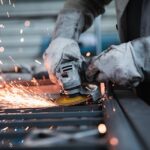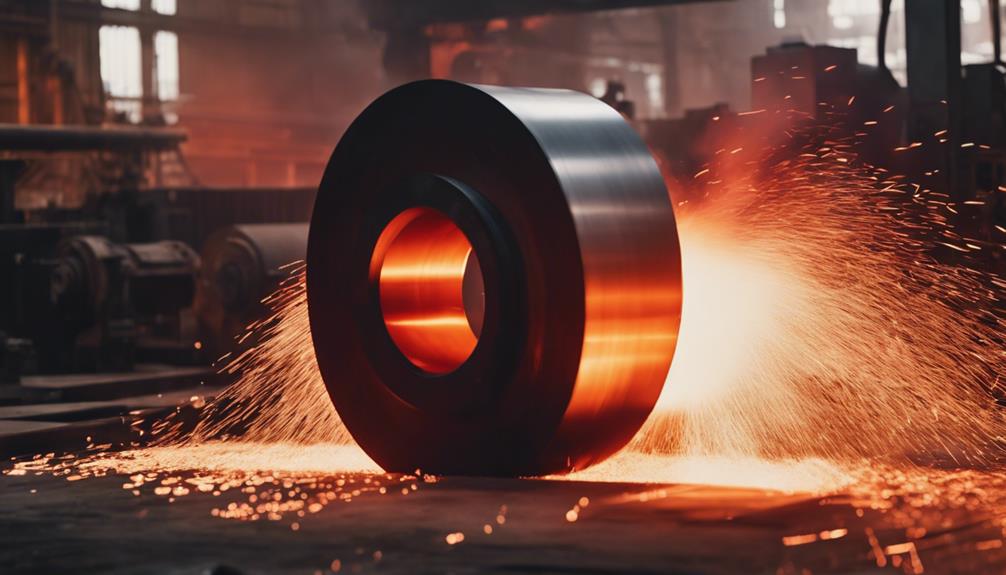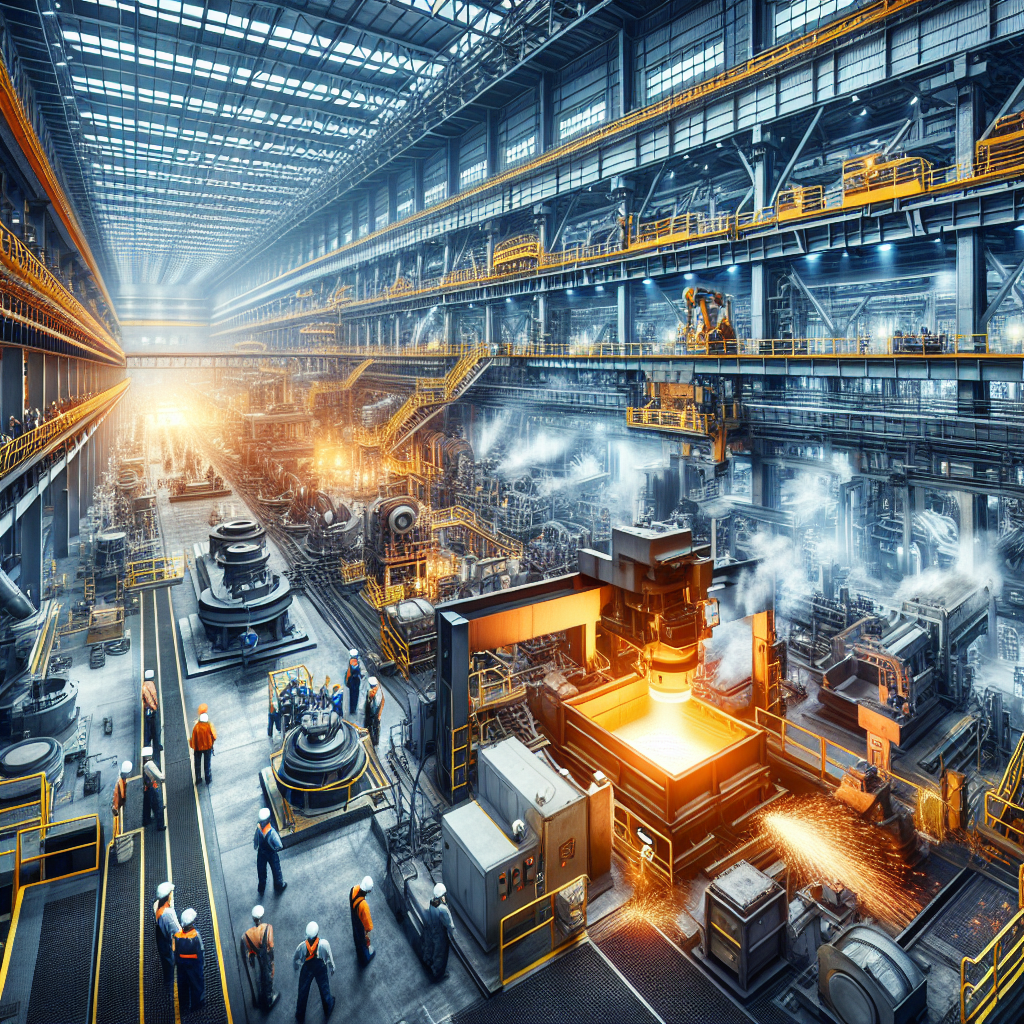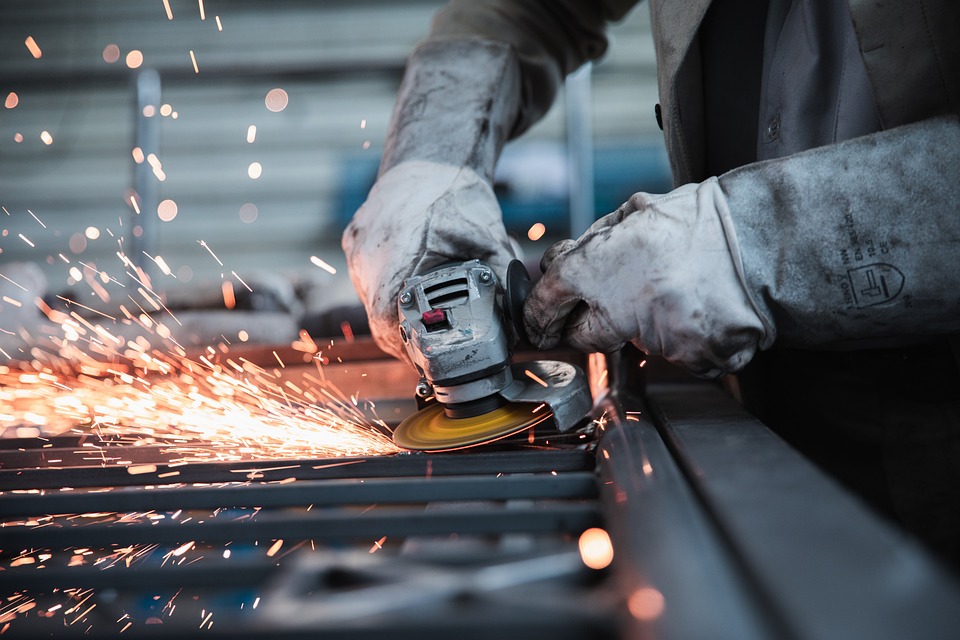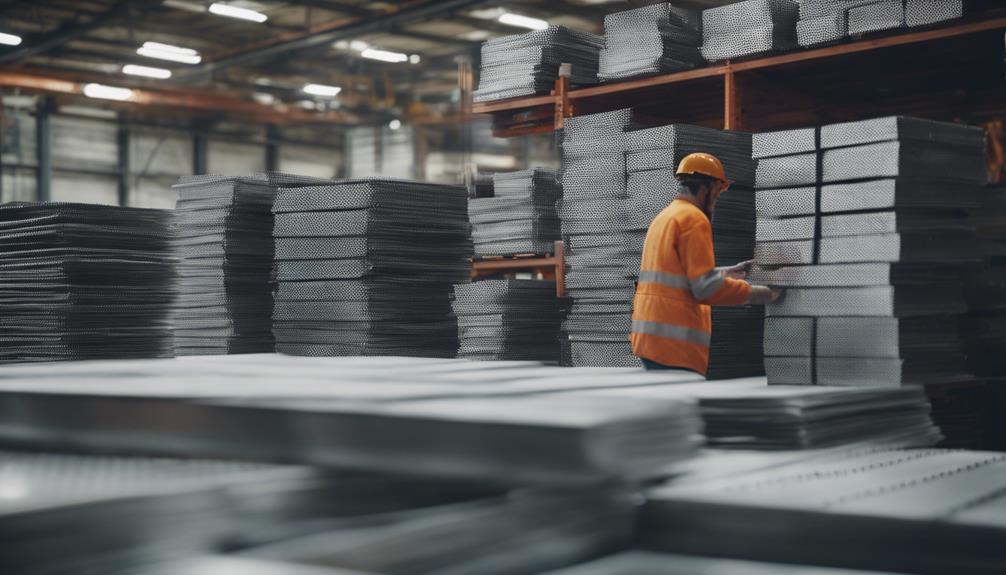Hot Rolled Steel, known for its cost-effectiveness and superior workability, finds extensive use in industries like agriculture, automotive, construction, and railroads. Its benefits include minimal internal stress and improved mechanical properties. Hot Rolled Steel grades such as A-36, 1010, and 1045 are tailored to specific industrial needs, making them popular choices in automotive, transportation, and construction. If you wish to explore more about the applications and differences of Hot Rolled Steel, the information provided can offer valuable insights.
Key Takeaways
- Cost-effective and widely used in agriculture, automotive, and construction.
- Rough surface due to scale formation.
- Superior workability with minimal internal stress.
- Commonly used in railroad equipment.
- Suitable for applications where tight tolerances are not critical.
Benefits of Hot Rolled Steel
In the domain of metal fabrication, hot rolled steel stands out for its cost-effectiveness and superior workability compared to cold rolled steel. The elevated temperatures involved in the hot rolling process enhance the material's formability, making it easier to manipulate into various shapes. Hot rolled steel also boasts minimal internal stress, which is essential for maintaining its structural integrity over time. Through the normalization process during cooling, the structure of hot rolled steel is further optimized, improving its mechanical properties. While hot rolled steel may not always meet tight tolerances required for certain precision applications, it is widely used in industries such as agriculture, automotive, construction, and railroads where cost-efficiency and versatility are paramount.
Applications of Hot Rolled Steel
Hot Rolled Steel finds extensive utilization in a diverse range of industries due to its favorable properties and cost-effective nature. In manufacturing, hot rolled steel is commonly used in agricultural equipment, automobile parts such as frames and wheel rims, and construction materials like I-beams. Additionally, it is a preferred material for railroad equipment, including tracks and railcar components. Hot rolled steel is ideal for applications where tight tolerances are not critical, making it suitable for various manufacturing needs. Its versatility and strength make it a popular choice across different sectors requiring sturdy and malleable materials for a wide array of applications.
Key Differences With Cold Rolled Steel
Amidst the varied applications of hot rolled steel across industries, understanding the key differences with cold rolled steel reveals distinct properties that cater to specific manufacturing requirements. Hot rolled steel is processed at high temperatures, resulting in a rough surface due to scale formation, while cold rolled steel, processed at room temperature, boasts a smoother finish with tighter dimensional tolerances. Cold rolled steel exhibits higher strength and hardness, making it ideal for high-stress applications. Although cold rolled steel is more expensive, it offers better surface finishes without rust and scale. Hot rolled steel, commonly used where tight tolerances are not critical, contrasts with cold rolled steel, which is preferred for precise dimensions and improved properties.
Hot Rolled Steel Grades Explained
Understanding the classification of hot rolled steel grades provides essential insights into their suitability for diverse industrial applications. Hot rolled steel comes in various grades such as A-36, 1010, 1018, A-1011, 1026, A-500, 1045, and 1141, each tailored to specific industrial needs. For instance, A-36, 1011, and A-513 are commonly utilized in the automotive and transportation sectors due to their strength and durability. In the construction industry, hot rolled steel grades like A-36 bars and A-513 sheets are popular choices for structural applications. These grades play an important role in providing stability and structure in industries like automotive, construction, energy, and packaging, showcasing their significance in a wide array of industrial applications.
When to Use Hot Rolled Steel
In industrial settings requiring components with less stringent dimensional tolerances, the utilization of hot rolled steel proves advantageous. Hot rolled steel is suitable for applications in agricultural equipment, construction materials, and railroad components where precise dimensions are not critical. Its processing at elevated temperatures enhances workability and formability, making it a cost-effective choice for various production operations. Additionally, hot rolled steel undergoes structure normalization during cooling, improving its overall properties. This type of steel performs well at elevated temperatures and is favored when dimensional precision is not the primary concern, offering a balance between affordability, workability, and structural integrity in a wide range of industrial applications.
Frequently Asked Questions
What Is Hot Rolled Steel Used For?
Hot rolled steel finds extensive applications across diverse industries, providing strength, formability, and workability. Its versatility is harnessed in agricultural, automotive, construction, and railroad sectors, where its cost-effective and easy-shaping properties offer efficient solutions for various components.
Is Hot Rolled Steel Stronger Than Cold Rolled?
Cold rolled steel is typically stronger than hot rolled steel due to its denser molecular structure. Cold rolling enhances properties like strength and hardness, making it preferable for applications requiring high strength and precise dimensions.
What Are the Pros and Cons of Hot Rolled Steel?
When considering the pros and cons of hot rolled steel, advantages such as cost-effectiveness, improved workability, and minimal internal stress make it a favorable choice for various applications. However, drawbacks may include surface roughness and potential dimensional inaccuracies.
Is Hot Rolled Steel Better Than A36?
When evaluating if hot rolled steel is superior to A36, one must consider the specific project requirements to determine the best material. A36, known for its weldability, machinability, and structural integrity, is commonly used in construction and manufacturing for its versatility and cost-effectiveness.
